Extra high superoxide dismutase in host tissue is associated with
Por um escritor misterioso
Last updated 16 junho 2024
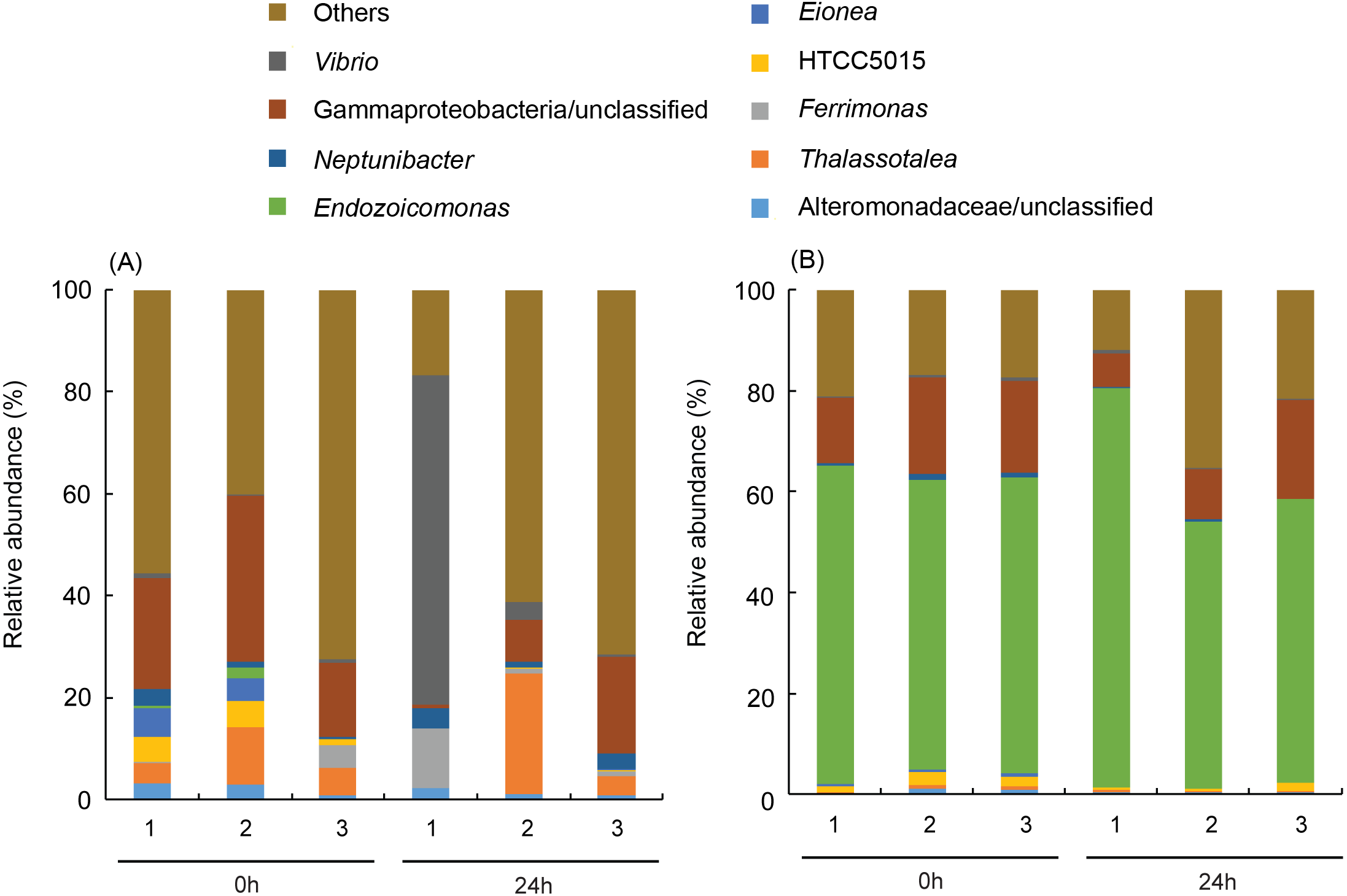
Global warming threatens reef-building corals with large-scale bleaching events; therefore, it is important to discover potential adaptive capabilities for increasing their temperature resistance before it is too late. This study presents two coral species (Platygyra verweyi and Isopora palifera) surviving on a reef having regular hot water influxes via a nearby nuclear power plant that exhibited completely different bleaching susceptibilities to thermal stress, even though both species shared several so-called “winner” characteristics (e.g., containing Durusdinium trenchii, thick tissue, etc.). During acute heating treatment, algal density did not decline in P. verweyi corals within three days of being directly transferred from 25 to 31 °C; however, the same treatment caused I. palifera to lose < 70% of its algal symbionts within 24 h. The most distinctive feature between the two coral species was an overwhelmingly higher constitutive superoxide dismutase (ca. 10-fold) and catalase (ca. 3-fold) in P. verweyi over I. palifera. Moreover, P. verweyi also contained significantly higher saturated and lower mono-unsaturated fatty acids, especially a long-chain saturated fatty acid (C22:0), than I. palifera, and was consistently associated with the symbiotic bacteria Endozoicomonas, which was not found in I. palifera. However, antibiotic treatment and inoculation tests did not support Endozoicomonas having a direct contribution to thermal resistance. This study highlights that, besides its association with a thermally tolerable algal symbiont, a high level of constitutive antioxidant enzymes in the coral host is crucial for coral survivorship in the more fluctuating and higher temperature environments.

Diquinol Functionality Boosts the Superoxide Dismutase Mimicry of a Zn(II) Complex with a Redox-Active Ligand while Maintaining Catalyst Stability and Enhanced Activity in Phosphate Solution

Molecular dynamics analysis of superoxide dismutase 1 mutations suggests decoupling between mechanisms underlying ALS onset and progression - Computational and Structural Biotechnology Journal

MDA, GSH, NO levels and SOD, CAT, and TF activities of lung tissue.

Extracellular Superoxide Dismutase - an overview

Vectors carrying epimastigotes infect wildlife host species.
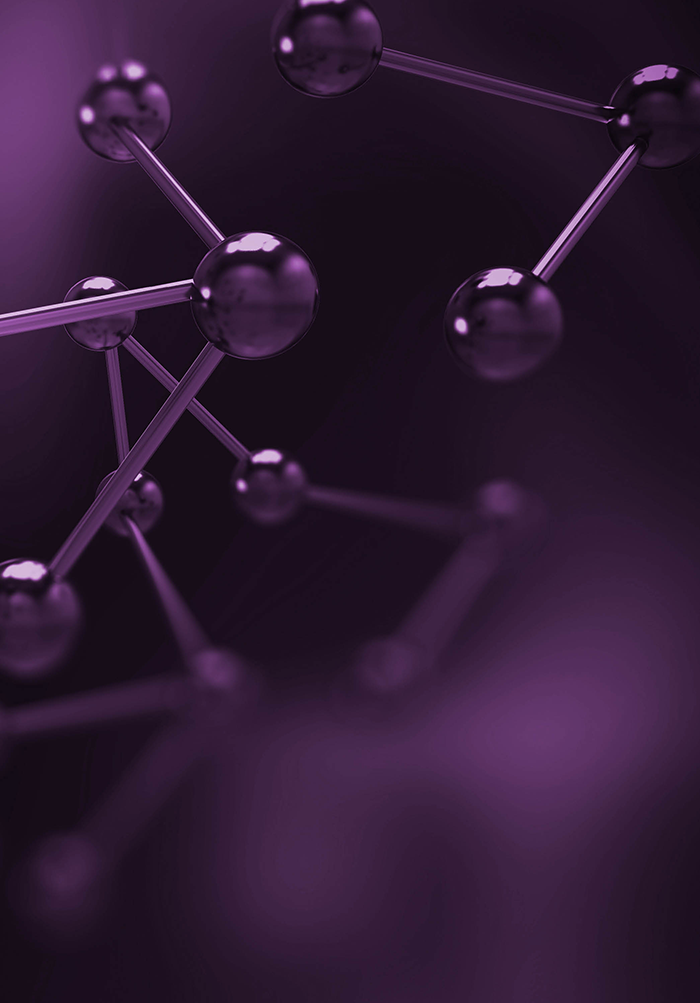
Superoxide Dismutase: A Key Enzyme for the Survival of Intracellular Pathogens in Host
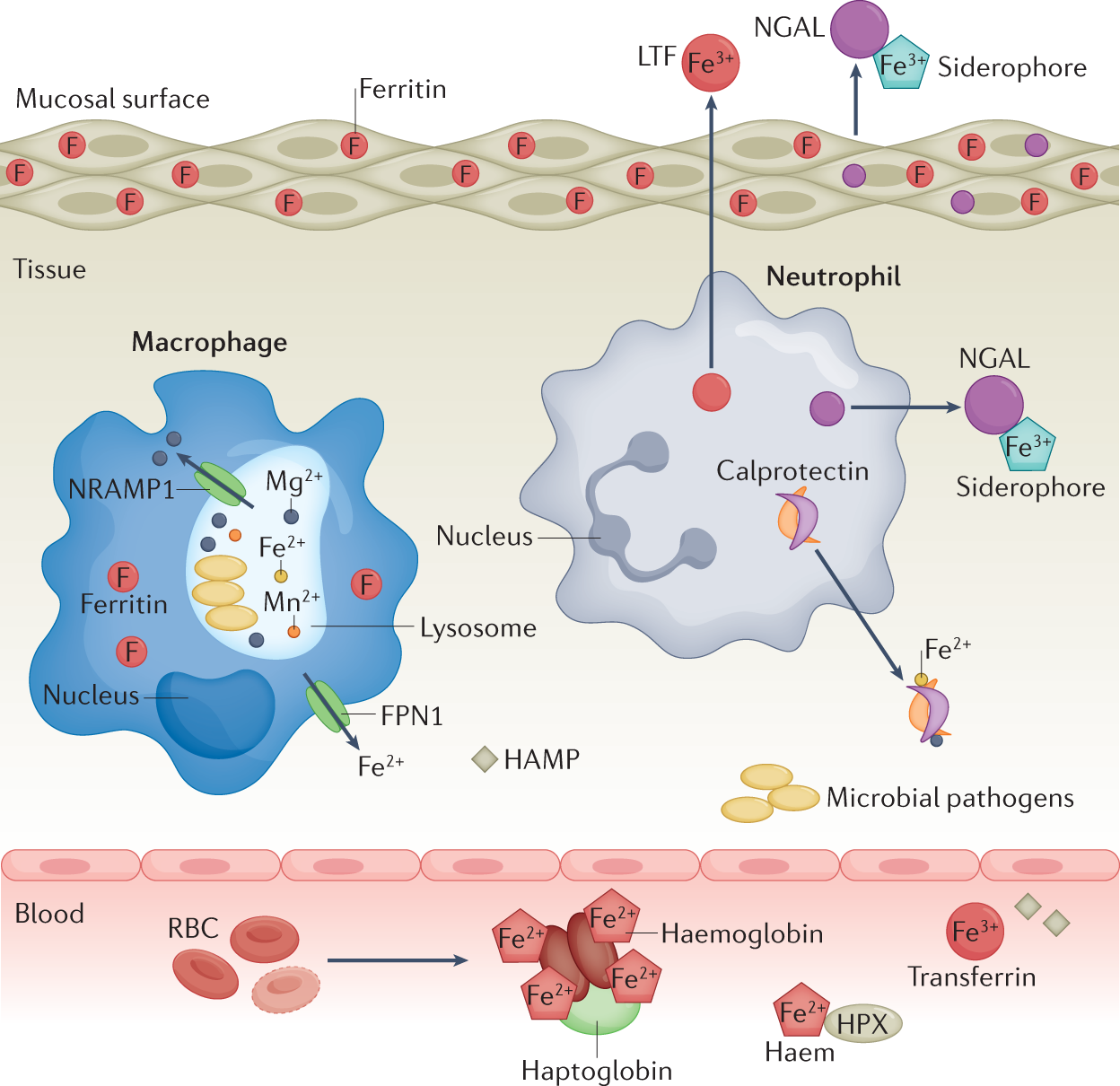
Nutritional immunity: the battle for nutrient metals at the host–pathogen interface

Extra high superoxide dismutase in host tissue is associated with improving bleaching resistance in “thermal adapted” and Durusdinium trenchii-associating coral [PeerJ]

Synthetic Analogues of Nickel Superoxide Dismutase: A New Role for Nickel in Biology
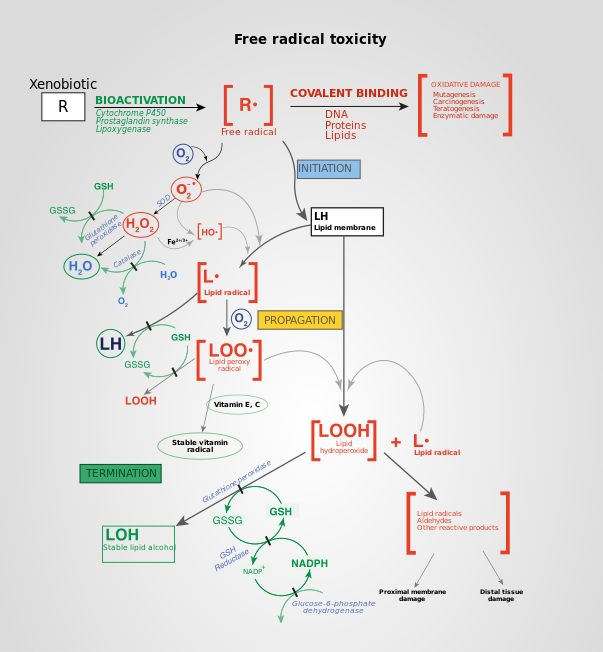
Reactive oxygen species - Wikipedia
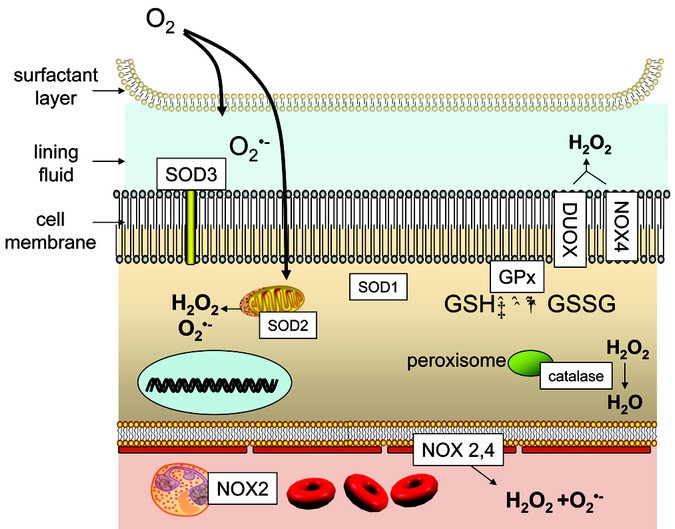
Oxygen Toxicity and Reactive Oxygen Species: The Devil Is in the Details

Effects of Protein Crowders and Charge on the Folding of Superoxide Dismutase 1 Variants: A Computational Study
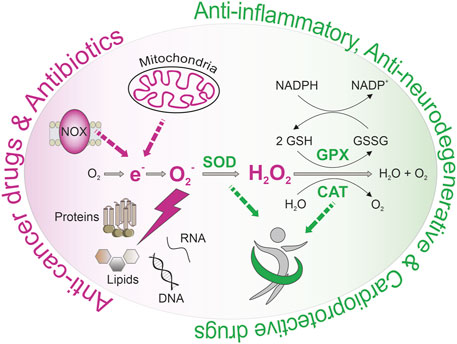
Frontiers Modulation of Reactive Oxygen Species Homeostasis as a Pleiotropic Effect of Commonly Used Drugs

Superoxide Dismutase 1/SOD1 Antibody

Molecular regulation of neutrophil swarming in health and disease: Lessons from the phagocyte oxidase - ScienceDirect
Recomendado para você
-
Envie seu currículo para o e-mail: - Control Construções16 junho 2024
-
 Successful Premiere at Control Trade Show for QATM16 junho 2024
Successful Premiere at Control Trade Show for QATM16 junho 2024 -
 Venha fazer parte do nosso time de parceiros colaboradores! Perfil16 junho 2024
Venha fazer parte do nosso time de parceiros colaboradores! Perfil16 junho 2024 -
:strip_icc()/s02.video.glbimg.com/x720/11626805.jpg) Campinas faz feira com 600 vagas de emprego e cursos16 junho 2024
Campinas faz feira com 600 vagas de emprego e cursos16 junho 2024 -
 Vagas de emprego - Trabalhe conosco - Pamcary16 junho 2024
Vagas de emprego - Trabalhe conosco - Pamcary16 junho 2024 -
 Notre Dame all-time bowl game history16 junho 2024
Notre Dame all-time bowl game history16 junho 2024 -
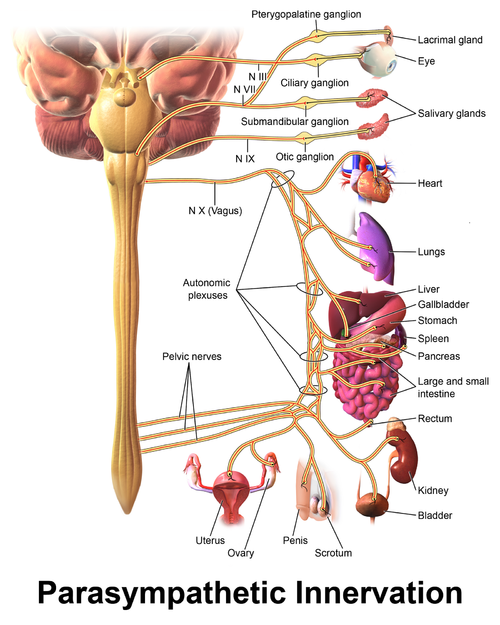 Vagus Nerve - Physiopedia16 junho 2024
Vagus Nerve - Physiopedia16 junho 2024 -
On 34th Women's Animal-Print Jacquard Jumpsuit, Created for Macy's16 junho 2024
-
 2 dead as Las Vegas strip, casinos flood for second time in weeks16 junho 2024
2 dead as Las Vegas strip, casinos flood for second time in weeks16 junho 2024 -
 Learn About Job Posting Schema Markup16 junho 2024
Learn About Job Posting Schema Markup16 junho 2024
você pode gostar
-
 Os doramas e produções sul-coreanas dominam a Netflix em 2023 - Blog Hiperion16 junho 2024
Os doramas e produções sul-coreanas dominam a Netflix em 2023 - Blog Hiperion16 junho 2024 -
 Slime, Slime Taoshite 300 Nen Wiki16 junho 2024
Slime, Slime Taoshite 300 Nen Wiki16 junho 2024 -
 Unitom 02.308.397/0001-09 de PR16 junho 2024
Unitom 02.308.397/0001-09 de PR16 junho 2024 -
 Tracer overwatch HD wallpapers16 junho 2024
Tracer overwatch HD wallpapers16 junho 2024 -
 Luccas Neto Em os Aventureiros (Em Portugues do Brasil16 junho 2024
Luccas Neto Em os Aventureiros (Em Portugues do Brasil16 junho 2024 -
 Iceberg de programas e desenhos que passaram no Cartoon Network Brasil : r/IceBergBrasil16 junho 2024
Iceberg de programas e desenhos que passaram no Cartoon Network Brasil : r/IceBergBrasil16 junho 2024 -
Desenhar e Criar GIF - Microsoft Apps16 junho 2024
-
Buy State of Decay: Year-One Survival Edition Steam Key GLOBAL - Cheap - !16 junho 2024
-
 The Spirit's Story, Hooked on You : A Dead by Daylight Dating Sim16 junho 2024
The Spirit's Story, Hooked on You : A Dead by Daylight Dating Sim16 junho 2024 -
 Jogo de Cartas Uno - Ciclone Magazine - Tudo para você16 junho 2024
Jogo de Cartas Uno - Ciclone Magazine - Tudo para você16 junho 2024



